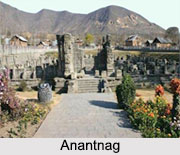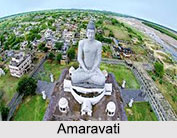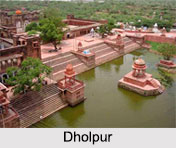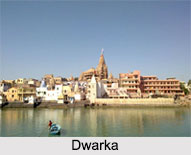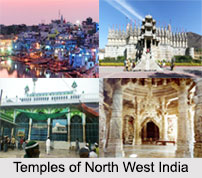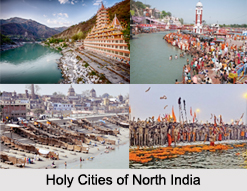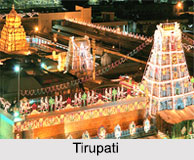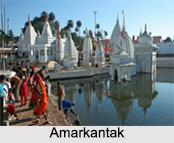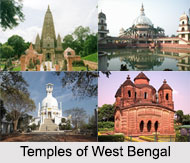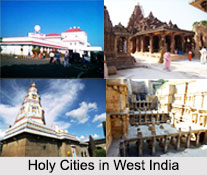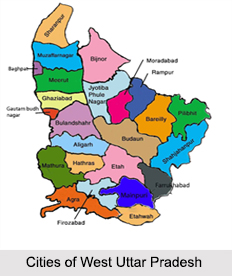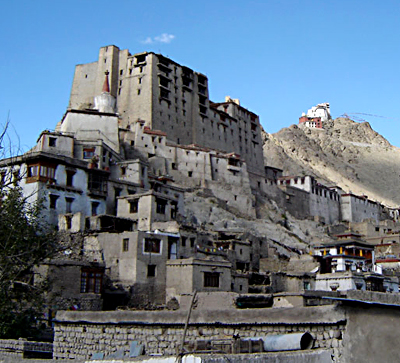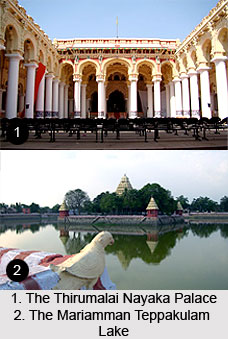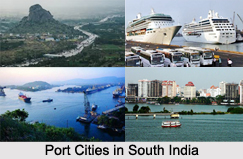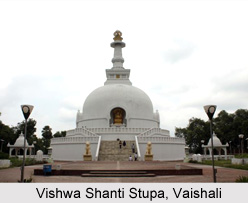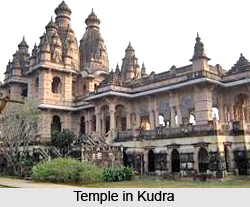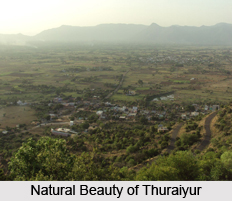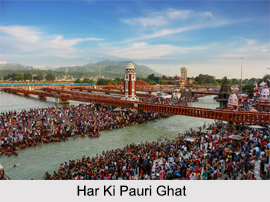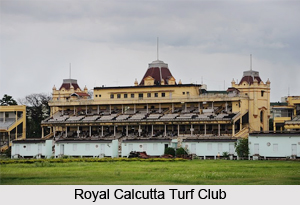 Royal Calcutta Turf Club is the premier institution in Kolkata established by the British East India Company for recreation of the Britions in Kolkata.
Royal Calcutta Turf Club is the premier institution in Kolkata established by the British East India Company for recreation of the Britions in Kolkata.
Foundation of Royal Calcutta Turf Club
Royal Calcutta Turf Club was founded in 1847 in Kolkata. It was the horse racing organization in India during the British East India Company in India.
Contribution of Royal Calcutta Turf Club
During the rule of the British Empire in India, Royal Calcutta Turf Club was the governing body for almost all courses in the sub-continent, defining and applying the rules that governed the sport. During its heyday the races it organized were among the most important social events of the calendar, opened by the Viceroy of India. During the 1930s the Calcutta Derby Sweeps, organized by the club, was the largest sweepstake in the world. It is still an exclusive private club and still operates the Kolkata Race Course.
Sports by Royal Calcutta Turf Club
Royal Calcutta Turf Club organised the sports such as hunting, polo and racing, which were naturally important. Organized horse races were first held in India on 16th January 1769 at Akhra, near Kolkata, where they were held for the next forty years. At first they were run on a rough, narrow, temporary course. Governor Lord Wellesley prohibited horse racing in 1798, but five years later the Bengal Jockey Club resumed racing at Akra. The races moved to the Maidan area of Kolkata in 1809, where they are still held. In 1812 the club laid out a new course at approximately the current race course location. The race course is in the southwest part of the Maidan. A viewing stand was built in 1820, later to be extensively modified.
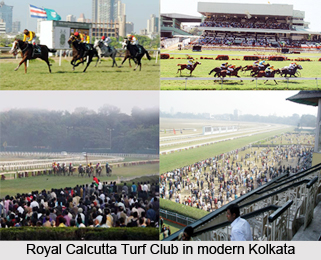 Races of Royal Calcutta Turf Club
Races of Royal Calcutta Turf Club
The horse races were run in the comparative cool of mornings just after sunrise, usually in five heats of 2.5 miles. The idea was to test both the speed and the stamina of the horse. If the result was not decided in the morning the heats were resumed after sunset. The British press regularly published the Calcutta race results. In 1825 the Calcutta Welter, the main horse racing event in India, was moved to the new course. Calcutta Derby Stakes began in 1842, where maiden Arabs ran over 2.5 miles (4.0 km) for exceptionally high prizes.
Gambling in Royal Calcutta Turf Club
Royal Calcutta Turf Club imported English practices of gambling on races, named the Derby and the St Leger after the English equivalents. Royal Calcutta Turf Club was organized in 1847 in part to regulate such gambling. A mildly disapproving account from 1866 described the betting practices, which it called "lotteries". In the early days of horse racing in India betting was through a combination of a lottery and an auction. Typically 100 ten-rupee tickets were sold, with the money placed in a pot. A ticket was drawn for each horse in the race. These tickets were auctioned, with the ticket holder getting half the price of the winning bid and the other half going in the pot. Following the race the pot was divided among the holders of tickets for the winning horses.
Related Articles
West Bengal, Indian State
Tribes of West Bengal
Culture of West Bengal
Tourism In West Bengal
Crafts of West Bengal
Cities of West Bengal
Medieval History of Bengal
History of West Bengal
Kolkata, Indian City, West Bengal
Culture of Kolkata
History of Kolkata
Economy of Kolkata
Sports in Kolkata
Polo in India
British East India Company
Impact of British Rule in India
Early Voyages of British East India Company
British Indian Acts
